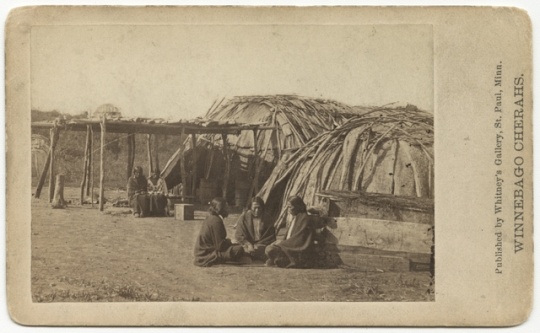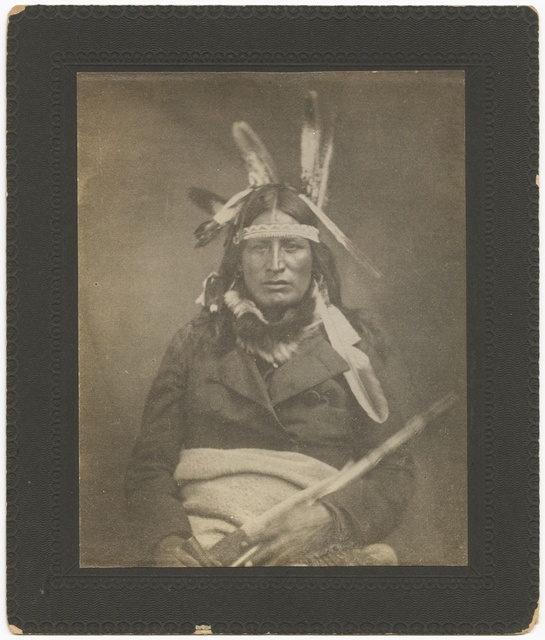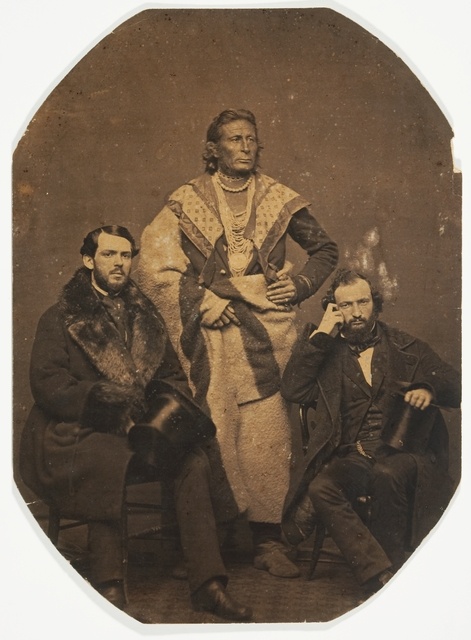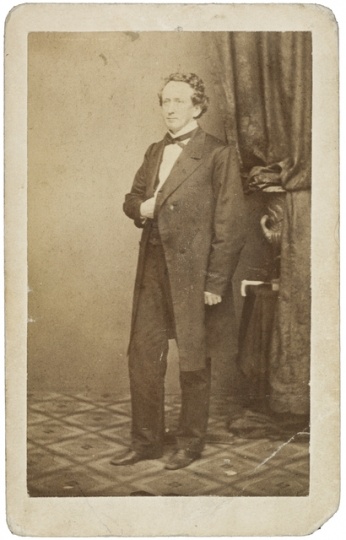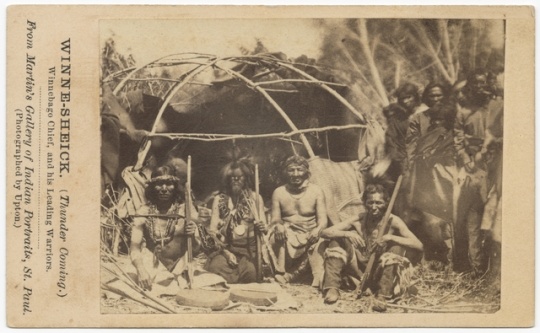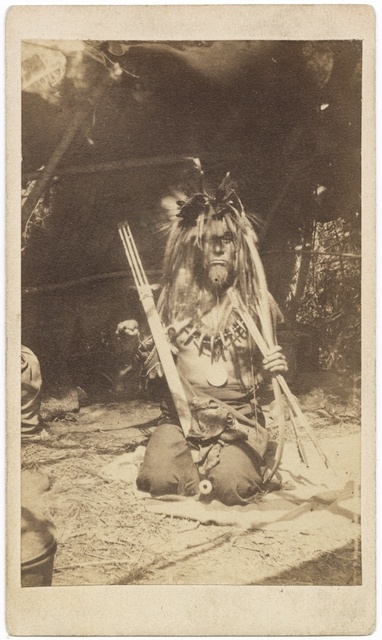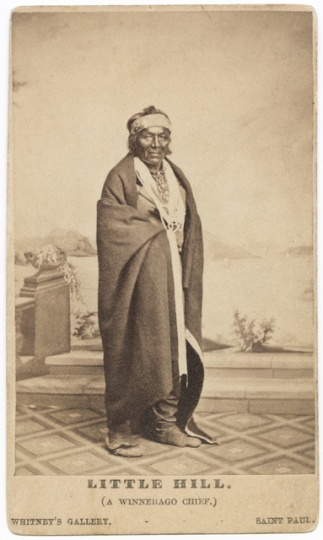Ho-Chunk and Long Prairie, 1846–1855
Bibliography
Folwell, William Watts. A History of Minnesota. Vol. 1. St. Paul: Minnesota Historical Society, 1921.
"Indian Affairs: The Winnebago Contract and the St. Louis Press." St. Paul Minnesota Chronicle and Register, June 10, 1850.
Jones, Tom, et al. People of the Big Voice: Photographs of Ho-Chunk Families by Charles Van Schaick, 1879–1942. Madison, WI: Wisconsin Historical Society Press, 2011.
Loew, Patty. Indian Nations of Wisconsin: Histories of Endurance and Renewal. Madison, WI: Wisconsin Historical Society Press, 2001.
Office of Indian Affairs, United States Department of the Interior. Collection of Annual Reports of the Office of Indian Affairs. Washington, DC: Government Printing Office, 1856.
Pluth, Edward J. "The Failed Watab Treaty of 1853." Minnesota History 57, no. 1 (Spring 2000): 2–22.
http://collections.mnhs.org/MNHistoryMagazine/articles/57/v57i01p002-022.pdf
Thwaites, Reuben Gold, ed. "The Wisconsin Winnebagoes." Collections of the State Historical Society of Wisconsin 12 (1892): 399–433.
https://archive.org/stream/collectionsstat01wiscgoog#page/n8/mode/2up
Whittaker, William E., ed. Frontier Forts of Iowa: Indians, Traders, and Soldiers, 1682–1862. Iowa City, IA: University of Iowa Press, 2009.
http://muse.jhu.edu/books/9781587298820/.
"The Winnebago Contract." St. Paul Minnesota Chronicle and Register, July 8, 1850.
"The Winnebagoes." St. Paul Minnesota Chronicle and Register, April 13, 1850.
Chronology
1832
1837
1846
1847
1848
1849
1850
1853
1855
Bibliography
Folwell, William Watts. A History of Minnesota. Vol. 1. St. Paul: Minnesota Historical Society, 1921.
"Indian Affairs: The Winnebago Contract and the St. Louis Press." St. Paul Minnesota Chronicle and Register, June 10, 1850.
Jones, Tom, et al. People of the Big Voice: Photographs of Ho-Chunk Families by Charles Van Schaick, 1879–1942. Madison, WI: Wisconsin Historical Society Press, 2011.
Loew, Patty. Indian Nations of Wisconsin: Histories of Endurance and Renewal. Madison, WI: Wisconsin Historical Society Press, 2001.
Office of Indian Affairs, United States Department of the Interior. Collection of Annual Reports of the Office of Indian Affairs. Washington, DC: Government Printing Office, 1856.
Pluth, Edward J. "The Failed Watab Treaty of 1853." Minnesota History 57, no. 1 (Spring 2000): 2–22.
http://collections.mnhs.org/MNHistoryMagazine/articles/57/v57i01p002-022.pdf
Thwaites, Reuben Gold, ed. "The Wisconsin Winnebagoes." Collections of the State Historical Society of Wisconsin 12 (1892): 399–433.
https://archive.org/stream/collectionsstat01wiscgoog#page/n8/mode/2up
Whittaker, William E., ed. Frontier Forts of Iowa: Indians, Traders, and Soldiers, 1682–1862. Iowa City, IA: University of Iowa Press, 2009.
http://muse.jhu.edu/books/9781587298820/.
"The Winnebago Contract." St. Paul Minnesota Chronicle and Register, July 8, 1850.
"The Winnebagoes." St. Paul Minnesota Chronicle and Register, April 13, 1850.










